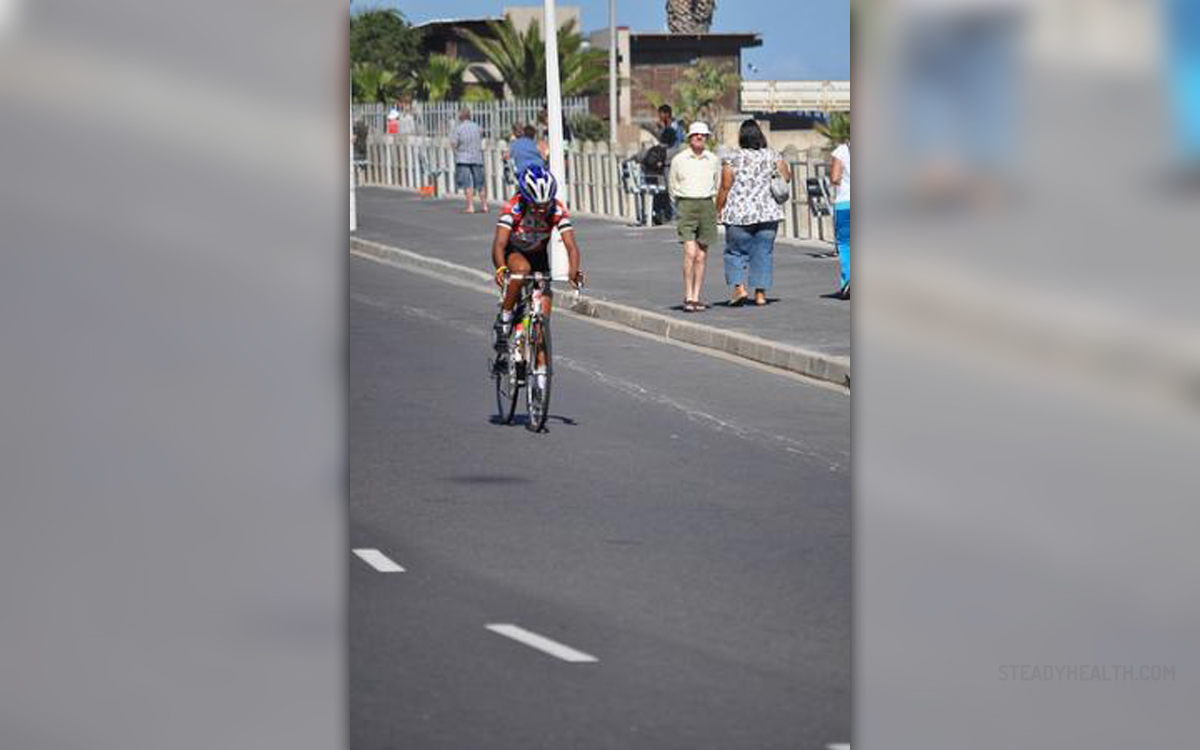
Unlike a motorized passenger, a cyclist can share almost all the sensations that a pedestrian is feeling while traveling. This means that a cyclist has the best of both worlds - level of immersion into the surroundings almost identical to that of a pedestrian and speed that is tipped more towards motorized traveling than toward walking speeds. To go touring on a bike can be, and usually is, an experience that alters your life.
Training
Although key to efficient bicycle riding is bicycle riding, bike touring is different, mostly because you will be lugging a lot of gear along, which significantly increases weight of the bike-biker system, which is powered entirely by your legs. To prepare for tours, ride under load. Fully loaded, cycle at least 75% of the distance that you intend to cover daily. It is normal to feel drained at the end of a ride, but proper rest and proper nutrition will work miracles overnight, leaving you refreshed and ready for the new day of cycling. Another important factor is mental discipline - you can probably ride and endure more than you think. Do not go out thinking "can I do it" - go out knowing that you can. Single most important thing to focus on is your cycling cadence - number of crank revolutions per minute. Keep this number above 80 (at first it feels as if you are spinning way too fast than you should) or you are going to render your knees unusable.
What to bring
Old saying among tourers goes something like: you will ride more comfortably if you carry less, but you will rest more comfortably if you carry more. There are two ways to tour - first, self-supported where you camp and/or sleep in hotels, and second, where a support vehicle is following the touring party (this is you or you an your companions). Use of support vehicle is popular as you don't have to lug anything but snacks and water on your bike, but it also makes you dependable on someone else beside you and is uncool. Self-supported touring offers you more freedom, but that means that you will carry everything you need on your own (you need equal amount of gear for one night in the tent and for a fortnight under tent) and sleeping in motels can be costly. Be sure to have a sufficient reserve of money with some extra, just in case.
There is no definite "to bring" list as everybody has different needs, but a few things that you simply must have are bike lights, lightweight waterproof clothing, reflective vest, and a convenient water storage such as camelback water pouch. All else is or is not needed depending on when, where and for how long are you going to tour and experience of other tourers can come in handy.
What kind of bike to use
One that is reliable, recently tuned, adequately geared and fits you. You don't need the latest pro class model made of unobtanium alloy. Just something sturdy that can see you through the journey. Visit your local bike shop for information and help - and to fix and tune your bike. Learn basic bike repair skills, so that broken chain, snapped cable or a flat tire can't ground you.


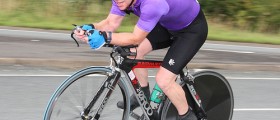
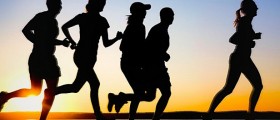

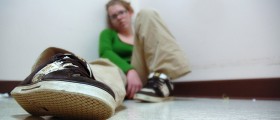


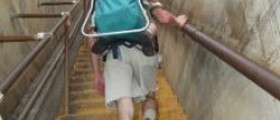



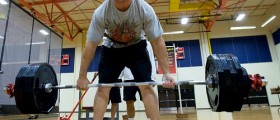

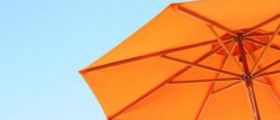


Your thoughts on this
Loading...